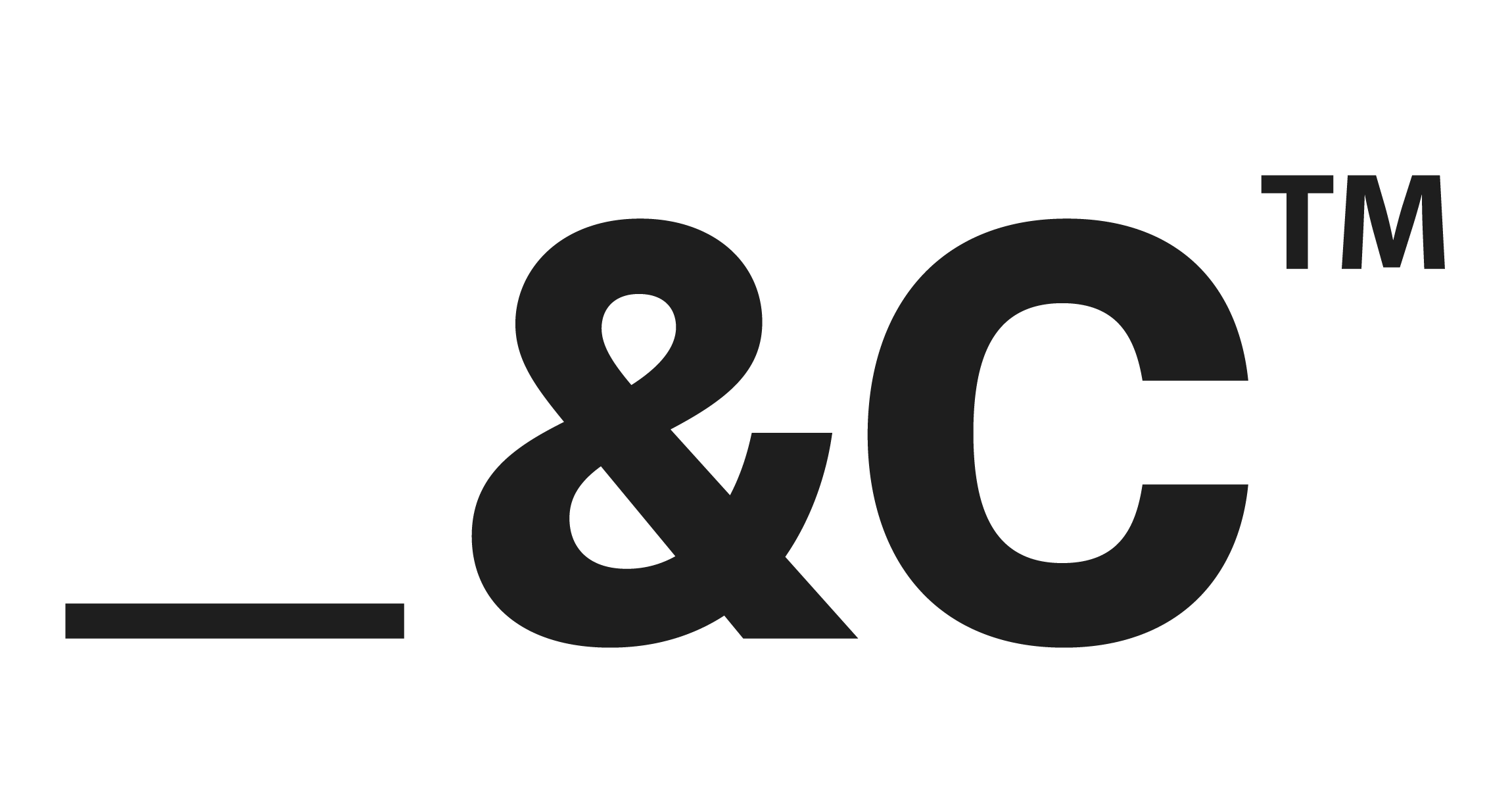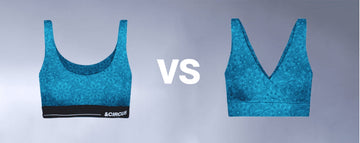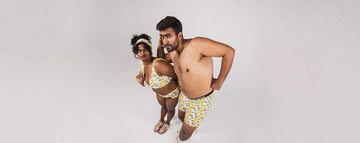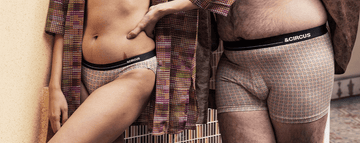Quick Listen:
Scroll through social media, and you'll see influencers real people with real stories calling for apparel that fits every body, every identity, every life stage. They're not just posting pretty pictures; they're demanding change, and brands are listening. From eco-friendly micromodal underwear to gender-neutral designs, the push for inclusivity is reshaping the industry, one viral reel at a time.
Uncomfortable underwear shouldn't steal your confidence. At Andcircus, we craft ultra-soft, sustainable Lenzing Modal Micro® innerwear for every body, XS to 5XL. From briefs to bras, our custom packs fit you perfectly. Shop risk-free with our 100% satisfaction guarantee and embrace comfort that includes everyone. #LoveEveryBody. Shop Now!
Influencers Drive the Inclusivity Agenda in Fashion Design
Fashion has long been criticized for its narrow lens runway models who fit a single mold, sizing charts that exclude most of the population, and designs that ignore the diversity of human experience. But influencers, particularly those from Gen Z and Millennial demographics, are flipping the script. With their unfiltered takes and massive followings, they're holding brands accountable, especially in the innerwear segment, where comfort and fit are non-negotiable. For a brand specializing in eco-friendly micromodal innerwear for men, women, and maternity, inclusivity isn't just a buzzword it's a market differentiator that aligns with the values of today's conscious consumer.
The numbers back this up. According to a 2024 report, the unisex clothing market, valued at $11.73 billion, is projected to skyrocket to $61.96 billion by 2033, growing at a blistering 22.9% compound annual growth rate. Why? Because consumers are demanding gender-neutral, versatile styles that reflect shifting norms around identity and expression. Influencers are the megaphone for this movement, amplifying calls for apparel that doesn't box people in.
Inclusivity as a Design Imperative
Gone are the days when “plus-size” was a niche category tucked away in a corner of the store. Today, offering sizes from XS to 5XL is table stakes. But inclusivity goes beyond size. It's about designing for non-binary and transgender individuals, for new mothers navigating postpartum bodies, for people with disabilities who need adaptive clothing. A LinkedIn analysis pegs the adaptive clothing market at $400 million in 2024, with a projected growth to $1.2 billion by 2032 at a 14.2% CAGR. Smart textiles and sustainable practices are driving this shift, making fashion not just accessible but forward-thinking.
Then there's the cultural angle. South Asian influencers, for instance, are pushing for designs that respect regional aesthetics think breathable fabrics for humid climates or silhouettes that complement traditional attire. These creators aren't just asking for representation; they're demanding functionality that speaks to their lived experiences. It's a reminder that inclusivity isn't one-size-fits-all it's deeply personal and context-specific.
Influencers as Catalysts for Change
Micro-influencers, often with followings under 100,000, are proving to be the secret sauce in this movement. In India and Southeast Asia, creators are championing local brands that prioritize sustainable materials like micromodal a biodegradable, buttery-soft fabric derived from beech trees. These influencers don't just post; they tell stories. A viral try-on haul might showcase how a brand's underwear fits a curvy body or accommodates a pregnant belly, sparking thousands of comments and shares. These moments aren't just content they're cultural shifts.
Take the example of a Southeast Asian creator who partnered with a sustainable innerwear brand to design a maternity line. The collaboration, born from her candid reviews about postpartum fit issues, led to a collection that sold out in weeks. Or consider the Indian influencer whose reel about gender-neutral loungewear went viral, prompting a major retailer to rethink its binary sizing charts. These are not isolated wins; they're proof that influencers are co-creators, not just endorsers.
The Challenges of Going Inclusive
But inclusivity isn't a simple checkbox. Designing for diverse bodies and identities is a complex puzzle. It requires investment in research and development to ensure that a size 5XL brief feels as comfortable as an XS. It means retooling supply chains to source sustainable materials like micromodal at scale, especially when extended sizing increases production costs. A Vogue Business report notes that the higher manufacturing costs of plus-size apparel have slowed investment, especially post-pandemic, when retailers like Lane Bryant faced bankruptcy and store closures.
Then there's the risk of getting it wrong. Brands that slap an “inclusive” label on their collections without doing the work face accusations of tokenism. Performative marketing think a single plus-size model in an ad campaign doesn't cut it. Consumers, especially younger ones, can spot inauthenticity a mile away, and influencers aren't shy about calling it out. Authenticity isn't just a vibe; it's a business imperative.
The Business Case for Inclusivity
So why bother? Because inclusivity pays. By catering to underserved markets plus-size shoppers, non-binary consumers, people with disabilities brands unlock new revenue streams. The data is clear: inclusive sizing and gender-neutral lines drive customer loyalty. When a brand gets it right, user-generated content floods social media, creating a feedback loop of trust and engagement. A try-on video from a trusted influencer can turn a skeptical shopper into a repeat customer.
There's also a natural synergy with sustainability. Eco-conscious consumers, who gravitate toward materials like micromodal, often overlap with those who value inclusivity. Brands that champion both people and the planet are winning the hearts of Gen Z and Millennials, who prioritize purpose over price. It's no coincidence that the brands thriving in this space are the ones collaborating with influencers who live and breathe these values.
The Future of Inclusive Design
Fashion analysts see inclusivity as a long-term driver of growth. Partnerships with socially conscious creators are yielding measurable ROI, from higher engagement to sold-out collections. Designers, meanwhile, are grappling with how to balance aesthetics, comfort, and inclusivity especially in innerwear, where fit is everything. Innovations like AI-driven personalization and adaptive sizing technology are on the horizon, promising to make custom-fit apparel more accessible.
Influencers will continue to lead the charge. Their ability to connect with niche communities whether it's new parents, gender-fluid individuals, or people with disabilities makes them invaluable partners. As one analyst put it, “Influencers don't just sell products; they sell possibilities.” The future of fashion lies in designs that reflect the full spectrum of humanity, and influencers are the ones lighting the way.
Fashion is no longer about fitting into someone else's mold it's about creating a world where everyone belongs. Influencers, with their raw authenticity and unapologetic voices, are the architects of this shift. For brands in the eco-friendly micromodal innerwear space, the message is clear: inclusivity isn't a trend; it's the foundation of the future. So, the next time you see a reel showcasing a brand that gets it whether it's a gender-neutral brief or a 5XL bra that actually fits know that it's more than just content. It's a call to action, a demand for change, and a glimpse of a fashion industry that's finally catching up to the people it serves.
Frequently Asked Questions
How are influencers driving inclusivity in apparel design?
Influencers, especially Gen Z and Millennial creators, are challenging outdated fashion norms by using their platforms to advocate for inclusive sizing, gender-neutral designs, and culturally relevant styles. Their real-life stories and viral content are influencing brands to prioritize comfort, fit, and authenticity in innerwear and apparel collections.
Why is inclusive innerwear important for modern consumers?
Inclusive innerwear is essential because it addresses the needs of diverse body types, identities, and life stages from postpartum bodies to non-binary individuals. With growing consumer demand for size ranges like XS to 5XL and adaptive features, inclusivity has become a key differentiator in the sustainable fashion industry.
What materials and technologies support inclusive fashion design?
Sustainable fabrics like micromodal, known for their softness and biodegradability, are increasingly popular in inclusive fashion. Additionally, innovations such as adaptive sizing technologies and AI-driven personalization are helping brands create better-fitting, more accessible garments for everyone.
Disclaimer: The above helpful resources content contains personal opinions and experiences. The information provided is for general knowledge and does not constitute professional advice.
You may also be interested in: The Science Behind Micromodal: Why Its a Game-Changer in
Uncomfortable underwear shouldn't steal your confidence. At Andcircus, we craft ultra-soft, sustainable Lenzing Modal Micro® innerwear for every body, XS to 5XL. From briefs to bras, our custom packs fit you perfectly. Shop risk-free with our 100% satisfaction guarantee and embrace comfort that includes everyone. #LoveEveryBody. Shop Now!


















































